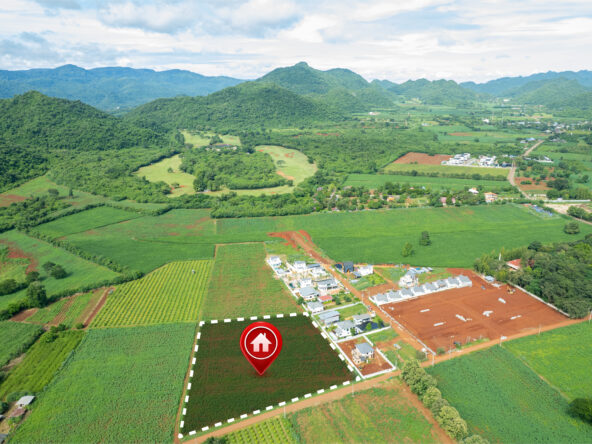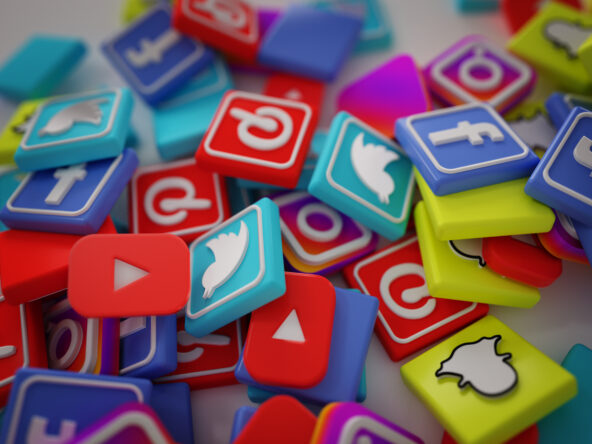Land ownership is a significant responsibility that extends beyond the mere possession of a property. In the complex tapestry of land ownership, legal and environmental considerations play pivotal roles in ensuring responsible stewardship. This blog post aims to guide landowners through the intricacies of these issues, providing insights on understanding and addressing legal nuances and environmental responsibilities.
Understanding Legal Considerations
Property Rights and Titles
At the core of responsible land ownership lies a clear understanding of property rights and titles. Property rights delineate the boundaries of ownership, dictating what owners can and cannot do with their land. It is crucial to delve into the intricacies of land titles, ensuring they are clear, unambiguous, and legally binding. This section will guide landowners on how to verify and ensure the legal ownership of their property, reducing the risk of disputes.
Zoning and Land Use Regulations
Zoning laws and land use regulations are the legal frameworks that guide the development and use of land within a specific area. Understanding these regulations is vital to avoid legal pitfalls and contribute to community planning. This section will explain the basics of zoning laws, the importance of compliance, and how landowners can navigate through these regulations while making the most of their property.
Easements and Access Rights
Easements grant specific rights to others over one’s property, such as the right to use a portion of the land. Understanding and managing easements is crucial to avoid conflicts and ensure harmonious land use. This section will discuss common types of easements, how to ensure proper access rights, and ways to resolve potential disputes.
Environmental Responsibilities
Soil and Water Conservation
Responsible landownership involves preserving the environment, and a key aspect of this is soil and water conservation. This section will delve into the importance of maintaining soil health, adopting water conservation practices, and mitigating soil erosion. Landowners will learn practical steps to implement sustainable measures that benefit both the land and the wider ecosystem.
Wildlife Protection
Protecting wildlife is an integral part of responsible land ownership. This section will guide landowners on identifying protected species, creating wildlife-friendly habitats, and addressing potential conflicts with wildlife. By understanding and respecting the local biodiversity, landowners can contribute to the overall health of the ecosystem.
Sustainable Land Management
Adopting sustainable land management practices is not only environmentally responsible but also economically viable. This section will explore sustainable agricultural practices, responsible forestry techniques, and the overall benefits of implementing eco-friendly measures. Landowners will gain insights into practices that promote long-term land health while supporting their interests.
Legal and Environmental Assessments
Conducting Environmental Impact Assessments (EIAs)
Environmental Impact Assessments (EIAs) are crucial tools for evaluating the potential environmental consequences of a proposed project. This section will guide landowners on the purpose and importance of EIAs, providing a step-by-step approach to conducting effective assessments. By understanding the potential impact of their activities, landowners can make informed decisions that align with environmental stewardship.
Seeking Legal Counsel
When navigating the legal landscape of land ownership, seeking legal counsel is often essential. This section will outline when it’s advisable to consult with a lawyer, how to choose the right legal professional for land-related issues, and available legal resources for landowners. Armed with legal knowledge, landowners can navigate complexities with confidence.
Resolving Disputes
Neighbor Conflicts
Neighbor disputes can arise over various issues related to land ownership, from property boundaries to noise complaints. This section will explore common neighbor disputes and provide strategies for amicable resolution. Effective communication and understanding can often diffuse tensions and foster a positive neighborhood environment.
Environmental Concerns
Addressing environmental complaints is crucial to maintaining a good relationship with both the community and regulatory bodies. This section will guide landowners on how to respond to environmental concerns, work with regulatory bodies, and implement corrective actions when necessary. Proactive engagement can prevent escalation and foster a positive reputation in the community.
Community Engagement
Participating in Local Initiatives
Community engagement is a cornerstone of responsible land ownership. This section will emphasize the benefits of community involvement, guide landowners on collaborating with local environmental organizations, and provide insights on building positive relationships with neighbors. By actively participating in local initiatives, landowners can contribute to the well-being of the community while safeguarding their own interests.
Conclusion
In conclusion, responsible land ownership requires a delicate balance between legal compliance and environmental stewardship. By understanding property rights, navigating zoning laws, and embracing sustainable land management practices, landowners can not only protect their investments but also contribute to the well-being of the environment and the community. The journey to responsible land ownership is a continuous one, marked by a commitment to legal diligence, environmental conservation, and harmonious community relationships. As stewards of the land, individuals hold the power to shape a sustainable and thriving future for generations to come.




